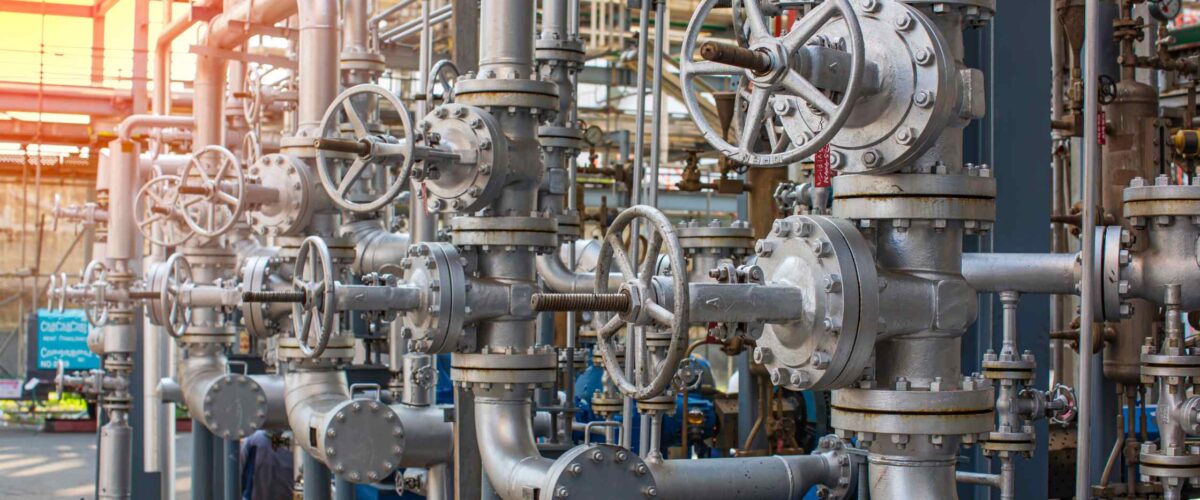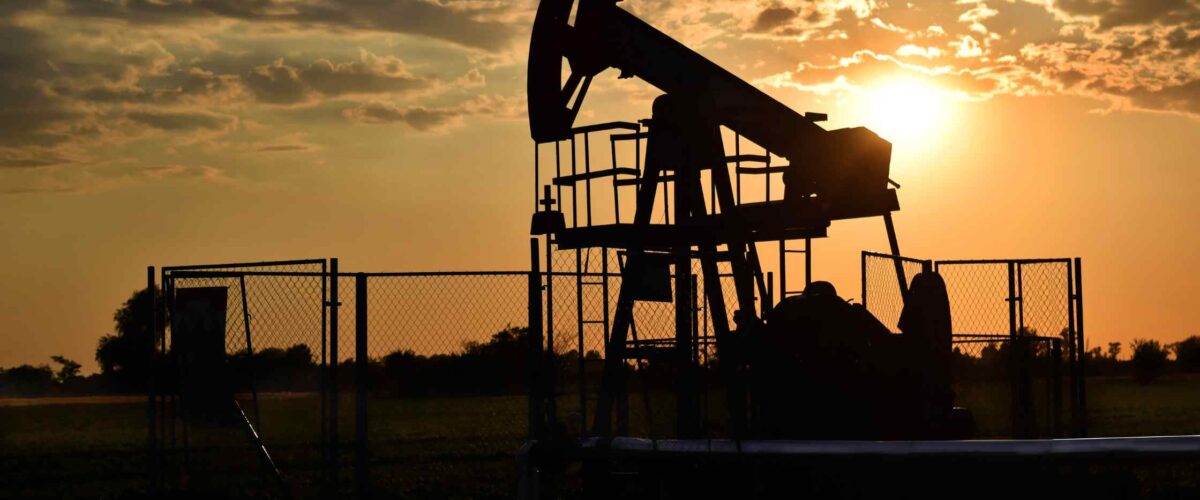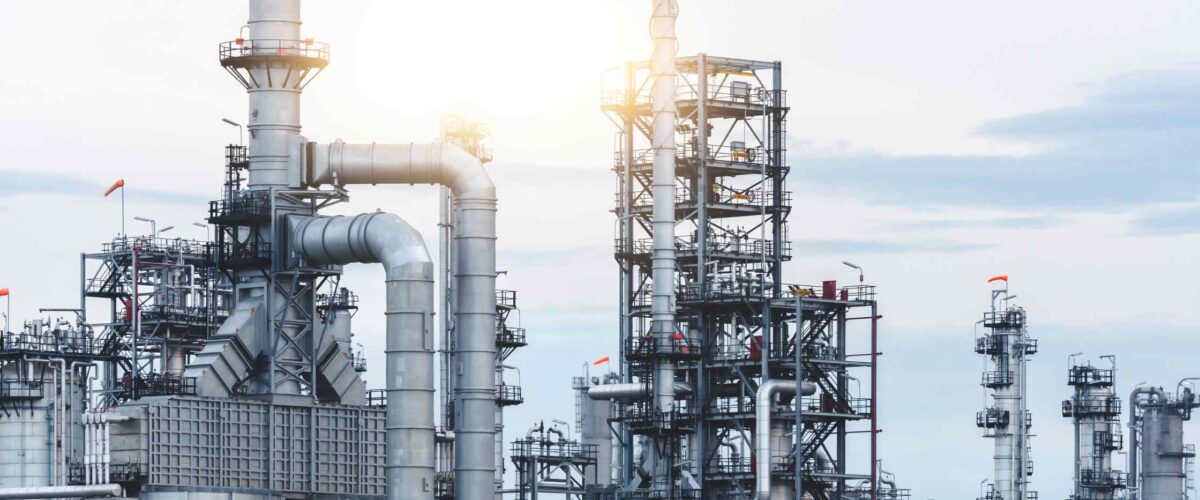As the global demand for oil and gas remains strong—especially in emerging markets—energy companies are continuously seeking innovative ways to optimize production, reduce operational costs, and minimize environmental impact. One increasingly strategic approach is adapting offshore equipment for use in midshore environments—those transitional zones located between shallow nearshore waters and deep offshore fields.
Midshore oilfields are often underexplored or underutilized due to their unique logistical and engineering challenges. However, by leveraging existing offshore equipment with strategic modifications, companies can unlock significant economic and operational value in these regions. This blog explores how adapting offshore systems for midshore deployment offers a cost-effective and scalable solution for today’s energy needs.
What Defines a Midshore Environment?
Midshore zones typically lie within 5 to 50 kilometers from the coast, at moderate water depths (ranging from 10 to 100 meters). These areas often share characteristics of both shallow and deepwater operations:
-
Water depth is too great for traditional land-based drilling rigs or jack-up rigs.
-
Conditions are less extreme and more accessible than deep offshore fields.
-
Proximity to shore makes logistics and transportation easier and cheaper.
As a result, midshore developments offer a sweet spot for operators looking to balance accessibility with production potential.
Why Adapt Offshore Equipment for Midshore?
The use of traditional offshore equipment in midshore environments makes strategic sense for several reasons:
1. Cost Efficiency
Building entirely new infrastructure for midshore fields can be cost-prohibitive. However, repurposing or downsizing existing offshore platforms, drilling rigs, and production systems reduces capital expenditure while maintaining high safety and performance standards.
-
Example: Modular topside units originally designed for deepwater FPSOs (Floating Production Storage and Offloading units) can be reconfigured for use on fixed or floating midshore platforms.
2. Faster Deployment
With offshore systems already tested in harsher environments, adapting them for midshore use shortens the design, testing, and deployment timeline. This is especially important in markets where speed to production can determine economic feasibility.
3. Simplified Logistics
Midshore locations benefit from closer proximity to existing infrastructure (pipelines, supply bases, and ports), which means offshore equipment can be serviced and supported more easily—further reducing operational costs.
4. Environmental Benefits
By leveraging smaller-scale, modular systems adapted from offshore solutions, midshore developments can reduce seabed disturbance, lower fuel consumption from supply vessels, and limit the need for large-scale subsea installations.
Key Equipment Adaptations for Midshore Applications
Adapting offshore equipment involves thoughtful engineering to optimize performance and efficiency in midshore conditions. Examples include:
a. Modified Floating Platforms
-
Semisubmersibles and FPSOs can be scaled down or moored closer to shore.
-
Hybrid solutions like shallow-draft barges or mini-FPSOs are gaining popularity for midshore use.
b. Flexible Risers and Pipelines
-
Pre-engineered risers and flowlines from offshore projects can be tailored to shorter water columns and calmer currents typical of midshore areas.
c. Subsea Processing Equipment
-
Compact subsea boosting and separation units developed for deepwater fields can be adapted to midshore depths, reducing topside load and increasing efficiency.
d. Power and Automation Systems
-
Offshore automation systems, including remote monitoring and digital twins, can be transferred to midshore applications to enhance control, reduce personnel, and improve safety.
Real-World Examples
-
West Africa: Operators are adapting offshore jack-up rigs for modular, midshore field developments to unlock smaller reserves near existing production hubs.
-
Brazil: Petrochemical firms have deployed compact FPSOs in midshore zones to fast-track production without waiting for deepwater rigs.
-
Southeast Asia: Reused offshore jackets and platforms are being installed in midshore environments with updated control systems and renewable energy integration.
Challenges and Considerations
Despite the benefits, adapting offshore equipment for midshore is not without challenges:
-
Regulatory Compliance: Modified systems must meet local safety and environmental regulations, which may differ from offshore requirements.
-
Structural Integrity: Equipment must be evaluated for fatigue, corrosion, and stability in new deployment conditions.
-
Integration Complexity: Seamlessly integrating offshore systems into midshore infrastructure (like power supply and communications) may require engineering redesigns.
A careful feasibility study and engineering assessment is essential before implementation.
The Future of Midshore Development
As oil and gas producers aim to maximize existing assets, the midshore segment represents a promising frontier. With improved technology, modular design, and digital integration, adapting offshore equipment will likely become a standard practice for midshore field development.
Furthermore, as part of a sustainable energy transition, midshore platforms can also support hybrid energy systems—combining oil and gas production with offshore wind or wave energy harvesting.
Adapting offshore equipment for midshore environments is more than a workaround—it’s a forward-thinking strategy that enhances operational flexibility, lowers development costs, and enables quicker returns on investment. For energy companies looking to expand intelligently and sustainably, the midshore frontier—powered by repurposed offshore assets—may just be the next big opportunity.
Read more on Sparkview Energy:
How IoT is Revolutionizing Petroleum Equipment Monitoring and Maintenance
Green Equipment: Reducing the Carbon Footprint of Petroleum Operations
The Evolution of Petroleum Equipment: From Traditional Tools to Smart Devices





